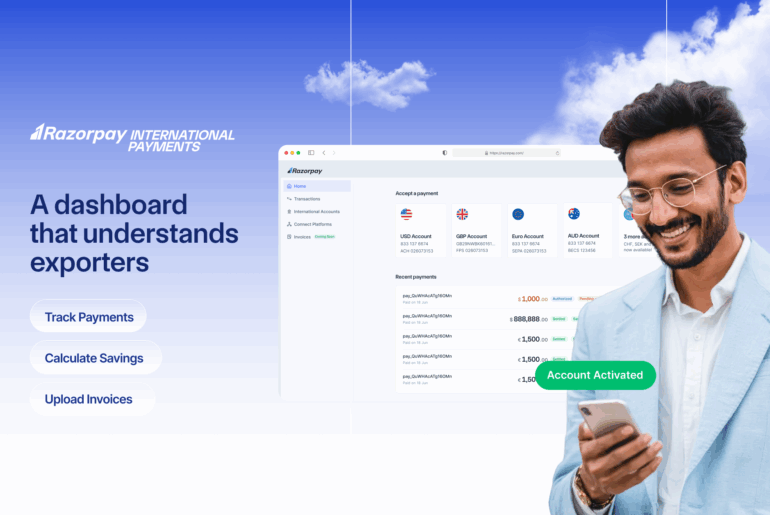Table of Contents
Understanding Chargeback Fraud
A chargeback is when a customer disputes a transaction through their bank and requests a refund. This process is meant to protect buyers from unauthorised or incorrect charges.
Chargeback fraud happens when a customer falsely claims they didn’t make a purchase or didn’t receive the product, even though they did. This is also known as “friendly fraud.” For example, a customer may order a pair of shoes, receive them, and later file a chargeback claiming the order never arrived.
Unlike a legitimate chargeback, which is based on actual issues like duplicate billing or product defects, chargeback scams are intentional and misuse the system to get free products or services.
Is Chargeback Fraud Illegal?
Yes, chargeback fraud is illegal when done on purpose. When a customer knowingly files a false dispute, despite receiving the product or service, it’s treated as intentional deception. In many cases, this is classified as theft or fraud under the law.
However, not every chargeback is fraudulent. The law focuses on cases where customers abuse the system with dishonest intent. Laws around chargeback fraud vary from country to country. In some regions, businesses have the right to take legal action against customers who misuse the chargeback system.
Common Types of Chargeback Fraud
-
Criminal Fraud: This type of fraud happens when someone uses a stolen credit card to make a purchase without the cardholder’s permission. Later, when the real owner of the card sees the transaction on their statement, they dispute it with their bank because they did not authorise the purchase. For example, a fraudster orders a mobile phone using stolen card details. The real cardholder sees the charge and files a chargeback.
-
Friendly Fraud: Friendly fraud occurs when a customer disputes a charge even though they received the product or service. Sometimes this happens by accident, and sometimes the customer does it intentionally to get a refund while keeping the item.
This type of fraud is on the rise. In 2024, 72% of merchants reported an increase in friendly fraud chargebacks, highlighting the need for stronger prevention measures.
-
Merchant Error: This type of chargeback happens when the business makes a mistake during the payment process. This could be charging the customer twice for the same purchase or billing the wrong amount. These errors are genuine and can lead to chargebacks because the customer rightfully asks for a refund. For example, a customer is accidentally charged twice for the same order and raises a dispute when the issue isn’t fixed.
How Chargeback Fraud Affects Businesses?
Chargeback fraud causes direct financial loss. You lose both the product and the payment, and on top of that, you pay chargeback fees for each disputed transaction.
Too many chargebacks can damage your reputation. Banks and payment processors may label your business as high-risk, which affects your ability to secure better transaction rates or access financial services.
Handling chargebacks also disrupts your day-to-day operations. You or your team have to gather proof, reply within strict deadlines, and deal with banks to resolve each dispute. This takes up valuable time and resources that could be used to run your business.
If your chargeback ratio becomes too high, payment processors can suspend or terminate your account, cutting off your ability to accept payments altogether.
How to Prevent Chargeback Fraud?
-
Use Strong Payment Verification: Always use secure payment verification methods such as CVV checks and 3D Secure authentication. These steps confirm the buyer’s identity and help prevent unauthorised transactions. They also provide an added layer of protection during disputes.
-
Monitor Unusual Transactions: Watch for suspicious activity such as very large orders, multiple purchases in a short time, or mismatched shipping and billing addresses. Flag these transactions for manual review before processing them further.
-
Have Clear Refund Policies: Display your refund and return policies clearly on your website and at checkout. When customers understand the rules upfront, they are less likely to file disputes out of confusion or frustration later.
-
Maintain Transaction Records: Keep detailed records of every transaction, including order confirmations, tracking details, and customer messages. These documents are crucial when responding to chargebacks and can help prove that the transaction was valid.
-
Use Chargeback Protection Tools: Many payment processors offer chargeback protection and fraud detection tools. These services use AI to identify high-risk transactions and reduce the chances of chargeback fraud before it happens.
Best Practices for Merchants to Fight Chargeback Fraud
-
Respond to chargebacks quickly: Every chargeback comes with a strict deadline. If you don’t respond in time, the bank may automatically rule in favour of the customer. Always act fast when a chargeback notice comes in.
-
Submit strong evidence: To challenge a fraudulent chargeback, you need to submit clear proof. This includes invoices, order confirmations, tracking numbers, delivery receipts, and any messages exchanged with the customer. The more complete your evidence, the better your chances of winning the dispute.
-
Work with a fraud detection provider: Using fraud detection tools can help you catch suspicious transactions before they turn into chargebacks. These systems use AI to analyse buying patterns, detect unusual activity, and flag high-risk orders in real time.
-
Educate customer support teams: Train your support staff to deal with refund requests properly and spot signs of possible chargeback fraud. A well-prepared team can solve issues early, reducing the chances of disputes reaching the bank.
Conclusion
Chargeback fraud happens when customers misuse the chargeback process to get a refund for a legitimate purchase. It leads to financial losses, damages your business reputation, and disrupts operations. In severe cases, it can even result in payment account suspension.
This isn’t just a short-term financial problem—it’s a long-term risk that affects business stability.
To protect your business, respond to disputes on time, keep strong evidence, train your staff, and use fraud detection tools. Proactive chargeback fraud prevention is the key to minimising losses and maintaining trust with banks and payment partners.
FAQs
Q1. What’s the difference between a chargeback and a refund?
A refund is processed directly by the business when a customer requests it. A chargeback is initiated by the customer through their bank, often without informing the business.
Q2. Can businesses dispute chargeback fraud?
Yes, businesses can dispute chargeback fraud by submitting strong evidence like invoices, tracking details, and communication records within the given deadline.
Q3. How long does it take to resolve a chargeback dispute?
It usually takes 75 to 120 days to resolve a chargeback dispute, depending on the card network and how quickly both parties respond.
Q4. Are there industries more prone to chargeback fraud?
Yes, industries like e-commerce, digital goods, travel, and subscription services face higher rates of chargeback fraud due to remote transactions and limited physical proof of delivery.
Q5. What should I do if my chargeback ratio is too high?
If your chargeback ratio is too high, review recent disputes, strengthen fraud checks, improve order documentation, and respond to chargebacks quickly. Work with your payment processor to identify issues and implement chargeback prevention strategies.


